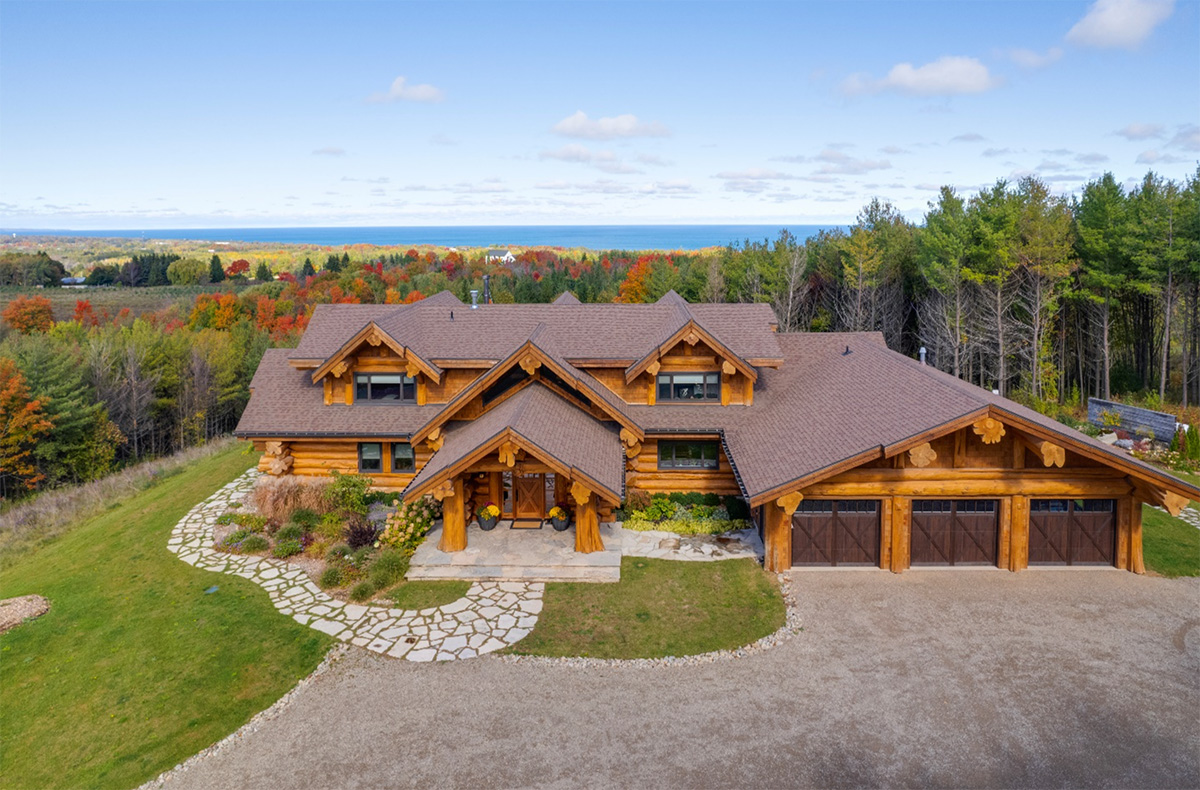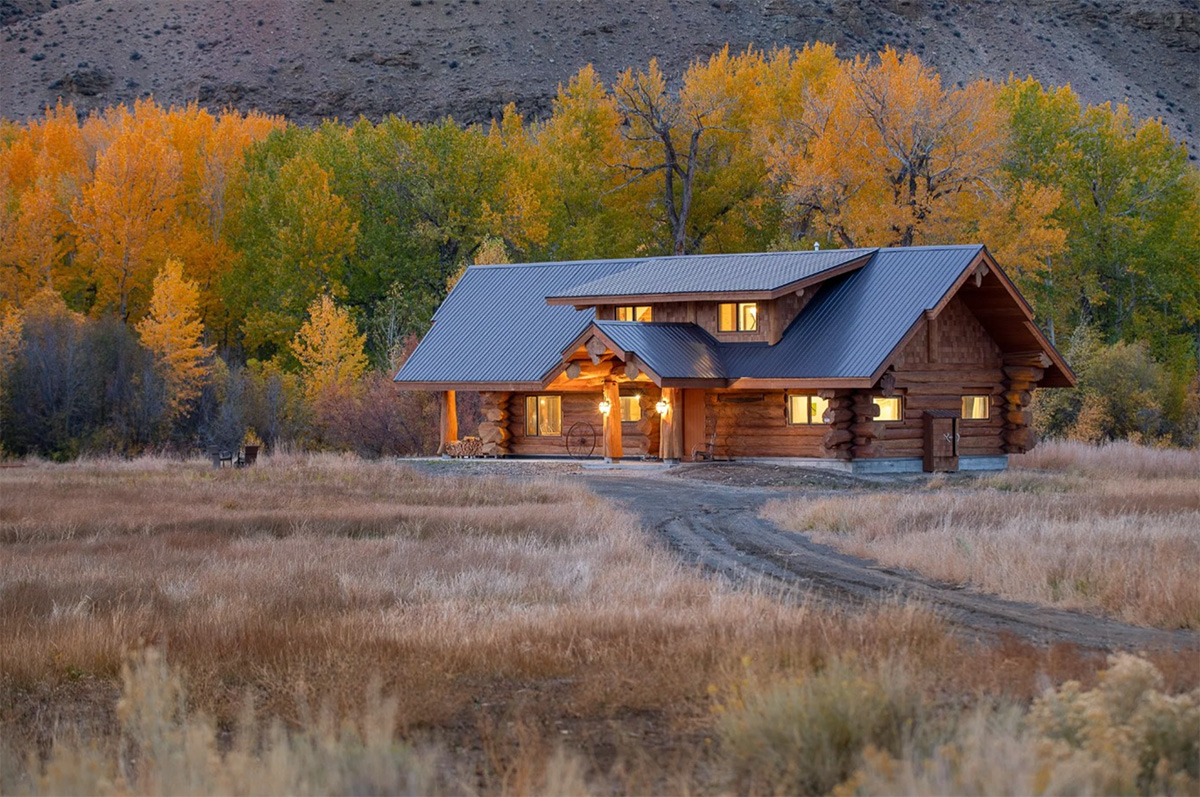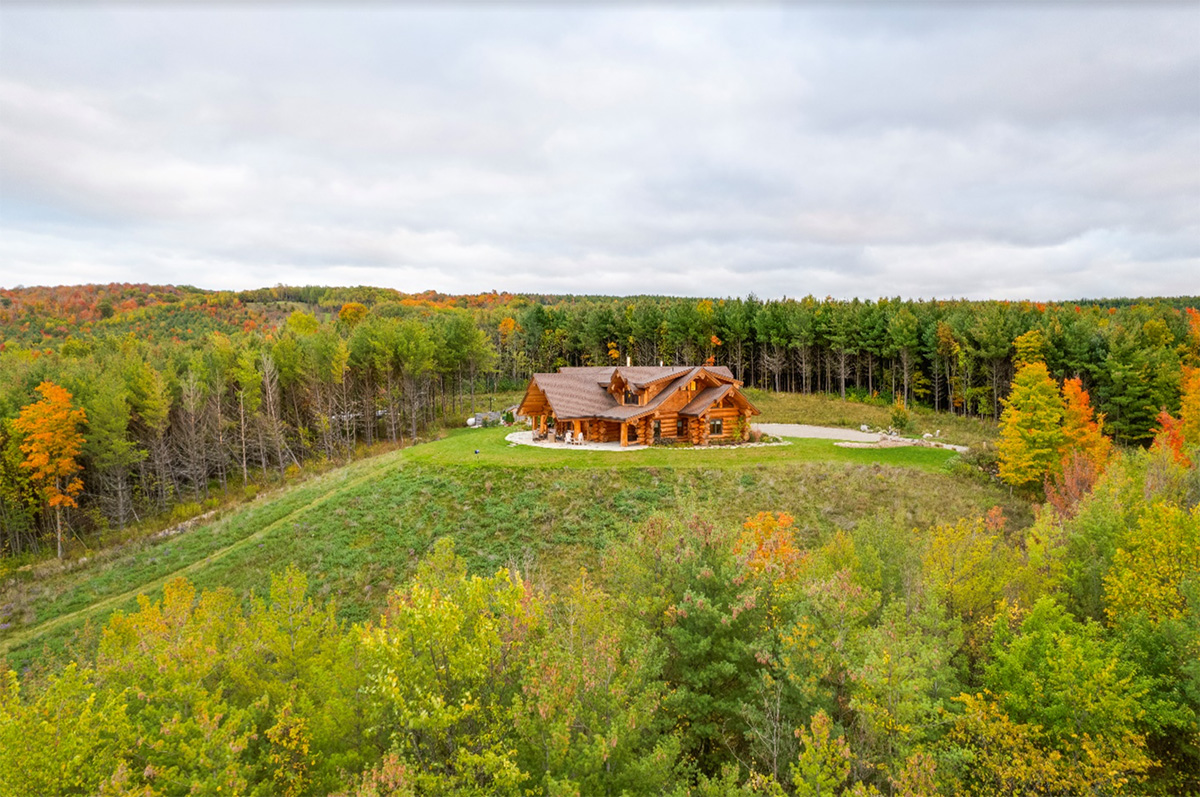Often times, we are asked what type of wood we build our homes with. For Pioneer Log Homes of British Columbia, we choose to use Western Red Cedar for a variety of reasons. Let’s take a closer look at why.
Western Red Cedar is common in British Columbia and the Pacific Northwest. It grows in forests, on mountainsides, and in or near bodies of water, such as forested swamps and stream banks.
As a tree, Western Red Cedars are tall, growing up to 65-70 meters. They’re also wide—typically 3-4 meters in diameter. Known for their longevity—some live more than 1,000 years—they also have a nice aromatic scent.
For centuries, the indigenous people of the Pacific Northwest have used Western Red Cedar in the construction of their homes and shelters. Over the years, cedar groves became a symbol of power and strength, as well as a gathering place of retreat and contemplation.
With a reddish-brown color, straight grain and few knots, Western Red Cedar is commonly used today for outdoor construction projects, including posts, decks, hot tubs, shingles and siding. It has a high natural resistance to decay, and is the best thermal insulator among common softwood species, which furthers its popularity among builders. The wood’s low density makes it an easy wood to transport and handle.
Western Red Cedar has a very low shrinkage factor; it’s superior to all other coniferous woods in its resistance to warping and twisting.
Because Western Red Cedar is known as an excellent thermal insulator, Pioneer Log Homes stay cool in the summer and reduce heating costs in the winter. Simply put, Western Red Cedar is durable and versatile wood, and for all of the aforementioned reasons, it is an ideal wood for log cabin homes.





